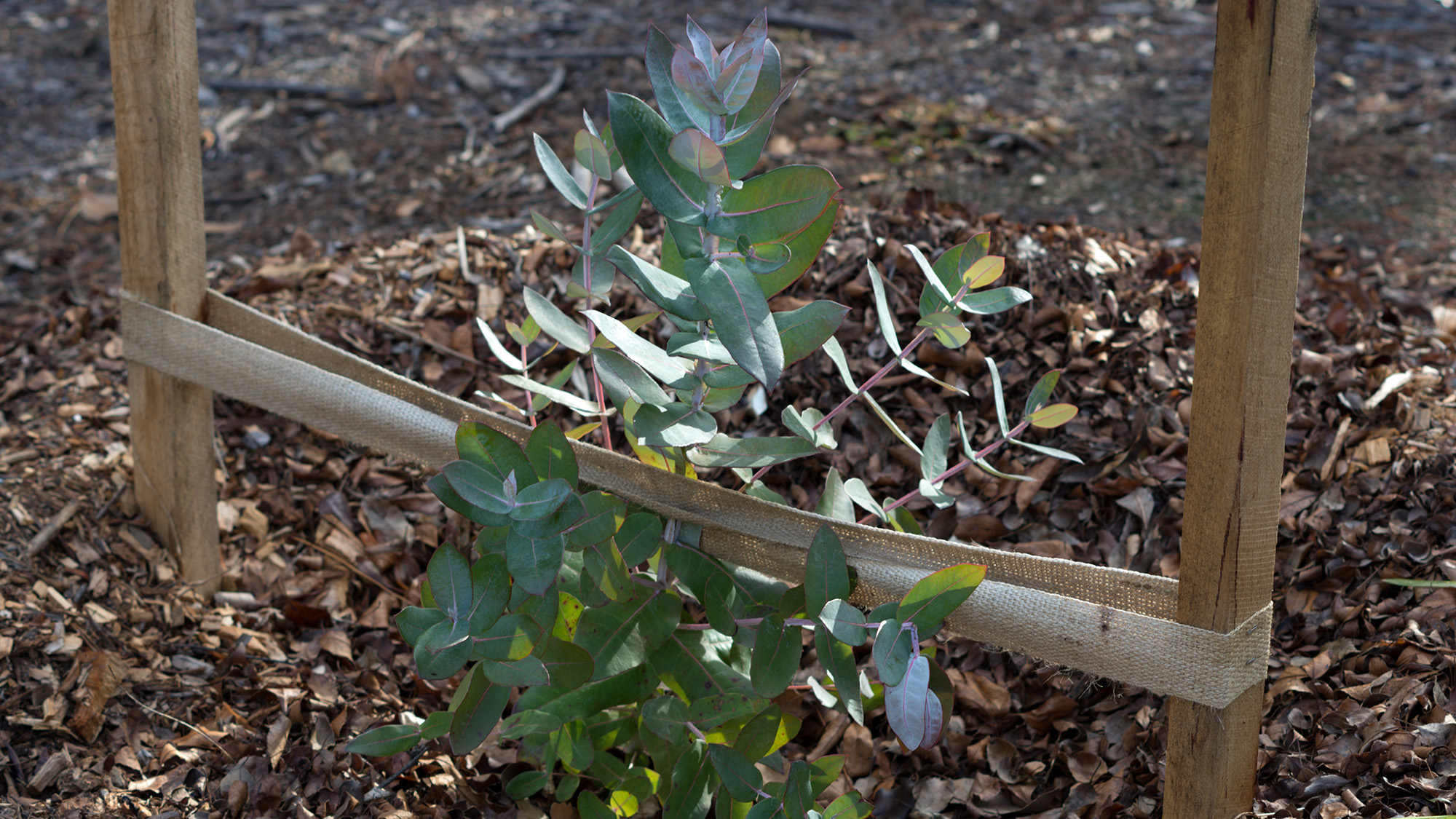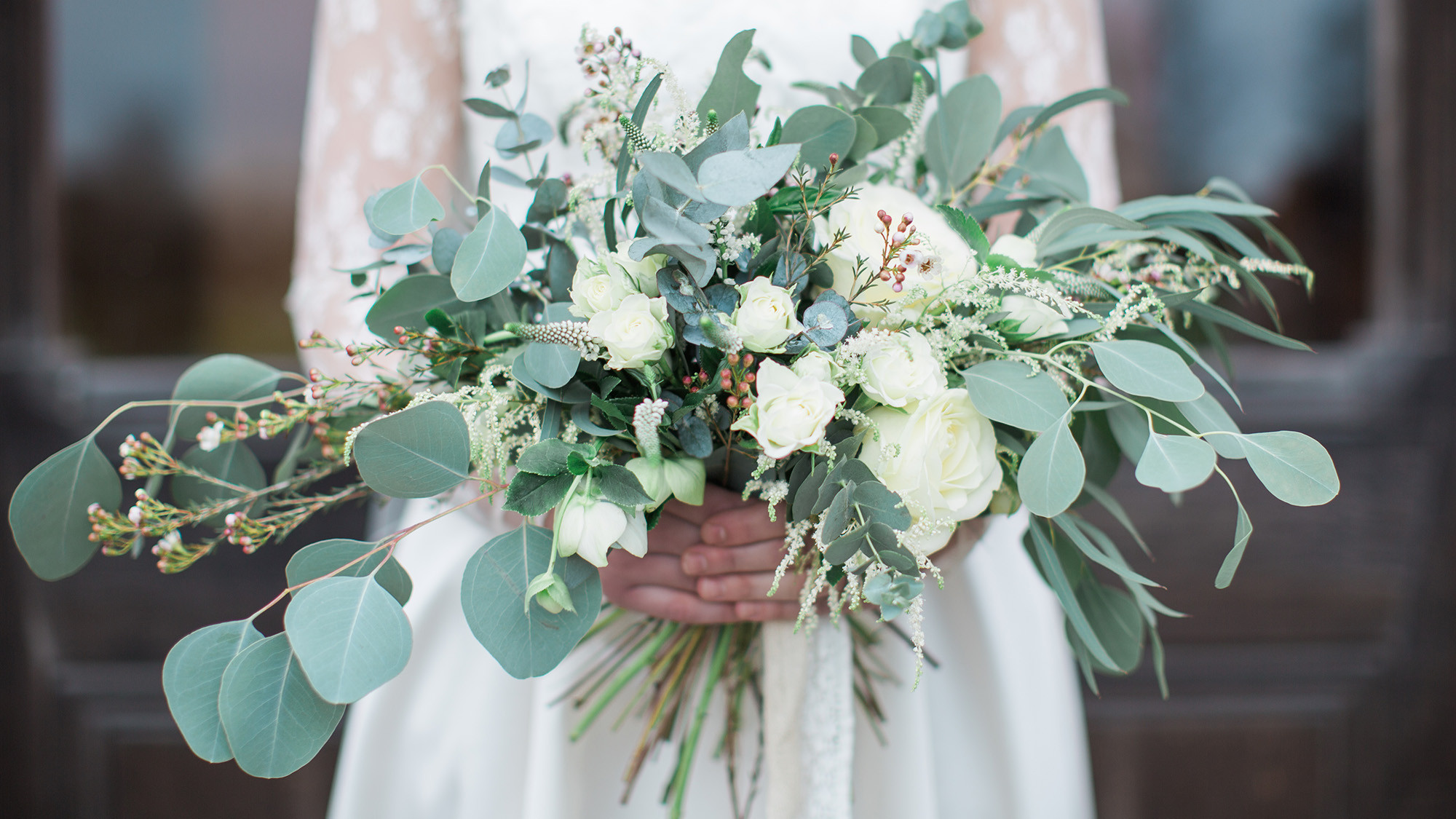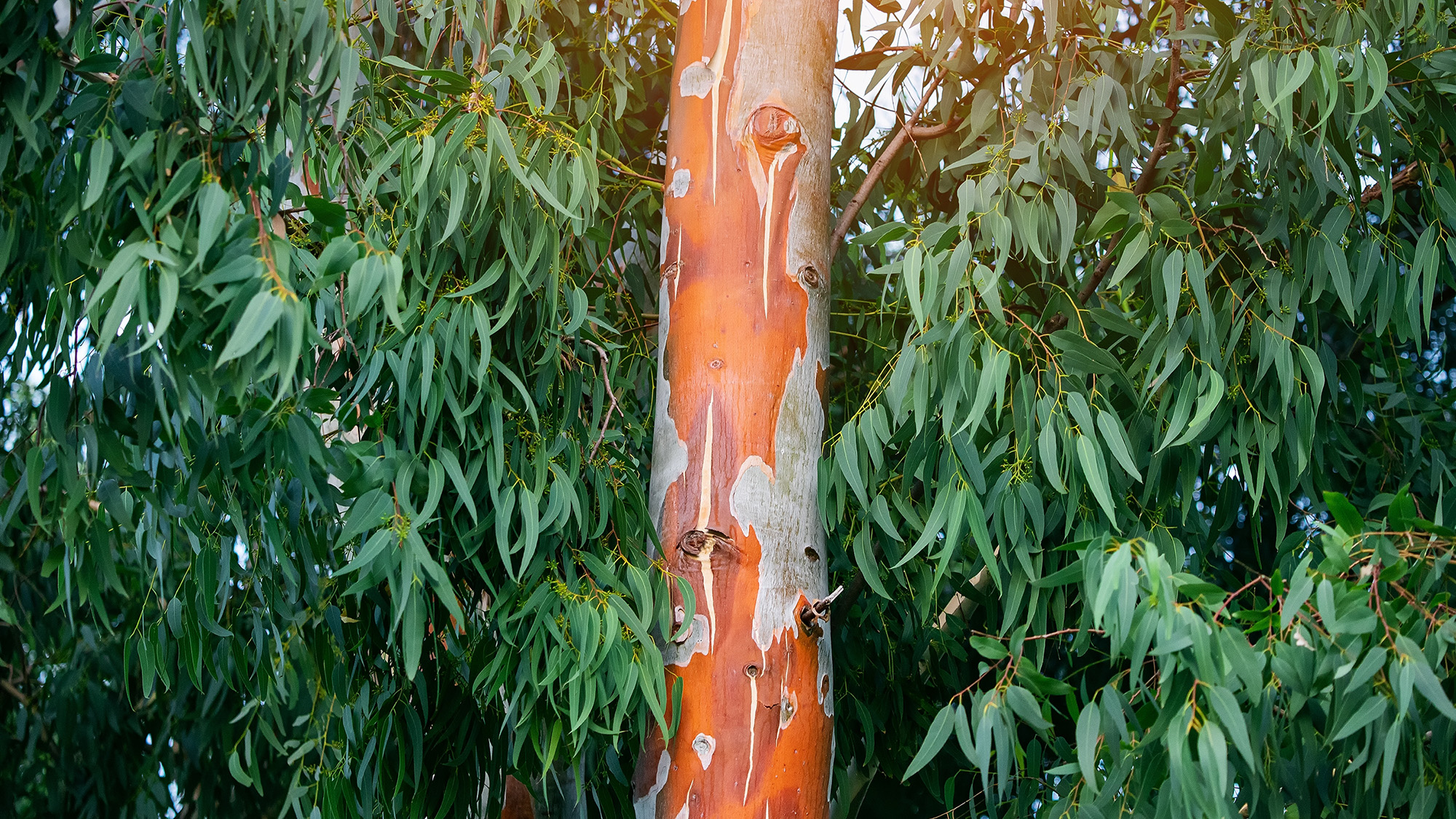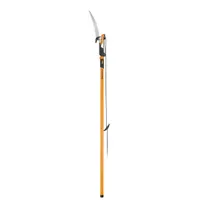Experts warn against planting this type of tree in your yard — and I found out the hard way
This tree is lovely in my yard, but I'd never plant it knowing what I know now.

I was excited when I first planted this tree in my garden. It’s a real stunner, and I love the silvery beauty of its leaves. But despite my initial joy at seeing one of my favorite trees growing in my own backyard, it was a big mistake.
However, to stop you finding out the hard way like me, I’m sharing why I won’t be planting this tree again and the reasons why experts think it's a bad idea too.
The tree in question? Eucalyptus.
Where I went wrong
When I first moved into my current house over 20 years ago, I was keen to add height and structure to my long back yard, which had only enjoyed the very barest of planting. And it seemed a good idea to plant one of my favorite trees at the far end.
I’d planted a eucalyptus tree, and this evergreen beauty looked perfectly innocent to start with, but it just kept growing and growing. In fact, The University of Arizona says that most species can grow at least 30-60 feet tall, with some, like the Red Gum, reaching 130-180 feet.
“Eucalyptus trees are stunning, yes, but they’re not the friendliest choice for a suburban backyard because their growth rate is wild!” says Floss Kelly, interior designer and co-founder at Yabby. “For most homeowners it’s difficult to manage a towering giant that dominates not just the sky, but widely stretches their root systems aggressively into foundation, plumbing and surrounding plants.”
So, to save you from hiring an arborist to remove your eucalyptus, be careful to check which specimen you plant.
Get instant access to breaking news, the hottest reviews, great deals and helpful tips.
What I love about eucalyptus

As a teenager, I had a weekend job in a florist store (my interest in homes and gardens started young), and I often saw how eucalyptus was used in floral bouquets. I admired the fine, elegant shape of the leaves and the silvery grey color.
It was this that sparked my interest in eucalyptus. Apart from its leaves, I also admired the tree's trunk, particularly how the silvery-white bark shreds to reveal colors beneath.
Eucalyptus leaves also have an aromatic scent, and when rubbed, release refreshing-smelling oils. You may have experienced eucalyptus oils being used in decongestants and cleaning products.
Fiskars power-lever extendable pole saw and pruner makes it possible to cut high branches. With two cutting options, it extends up to 14 feet, while its lightweight to hold.
Why I won’t be planting a eucalyptus tree again

Although not all eucalyptus trees are invasive, you do need to be careful to check what you buy before you plant.
“There are a surprising number of eucalyptus varieties, each with its own unique characteristics — from short to tall, from heat-loving to cold-tolerant and from rainforest species to very drought-tolerant ones,” says Edwin Dysinger, co-founder of Seedtime.
However, he adds that there are several points you need to consider before you plant many of the common varieties.
It limits surrounding plant growth
“The leaves and roots of eucalyptus have an allelopathic effect on their surroundings — this means that the growth of other plants and trees is inhibited by chemicals released by eucalyptus leaves and roots,” Dysinger explains.
This is why you do not usually find anything growing under an eucalyptus. He also mentions that black walnut, maple, and pine trees are allelopathic.
Eucalyptus is thirsty

You can expect eucalyptus to be a big drinker, despite it being a drought-tolerant plant. Dysinger adds that plantings of eucalyptus have even been used to dry up swamps and wetlands.
“They are known for depleting ground water resources and potentially affecting nearby water availability.” Dyser adds, “The roots of eucalyptus will aggressively seek out water and are known for cracking and penetrating water lines and sewage systems.”
The shallow roots sprawl and can cause damage
“While eucalyptus has a deep tap root, the lateral roots are shallow and spreading,” explains Dysinger. “They have been known to lift foundations if planted too close to buildings. This usually happens when roots are seeking out a water source under a building, such as a leaky pipe or drain.”
For this reason, he suggests you shouldn’t plant a eucalyptus tree closer than 100-120 feet from your buildings.
The tall trees are prone to toppling over
“Eucalyptus trees are known to topple easier than other trees due to their shallow roots and huge canopies,” says Kelly, “All it takes is loose soil and a strong storm to put your home at risk of damage, since their foliage acts like sails in the wind.”
And Dsyinger adds that some varieties are prone to dropping limbs without warning, especially in high heat.
Eucalyptus is highly flammable
It might sound a bit dramatic, but Dysinger says that eucalyptus trees are highly flammable due to their high content of aromatic resins and oils. “The fumes from eucalyptus oil can be ignited by lightning or sparks," he says. "During brush or forest fires, the trees will emit large quantities of these fumes, causing the tree to explode into flames and sometimes even causing fireballs that explode in front of the line of fire.”
And for this reason, Kelly adds, that you're best to avoid planting a eucalyptus if you live in an area susceptible to bush fires.
Avoid if you’ve got pets
The leaves and bark of eucalyptus are toxic to humans and animals, and will cause nausea, vomiting, and diarrhea when consumed in excess. Therefore, be careful when planting eucalyptus is you have pets in your household.
Alternative trees for small gardens

If you’re looking to add height and structure to your garden, but want to find a tree suitable for a compact yard, you could try planting a Japanese Maple, otherwise known as an Acer. I have a dark red Japanese Maple in my garden, and it adds a splash of intense color with an interesting leaf shape. Fruit trees are also good to grow, and apple, pear, plum, or cherry trees will reward you with blossom as well as a good harvest.
There’s also plenty to choose from if you have a small patio garden and are looking for the best trees to grow in containers. You could try growing a citrus or olive tree, or try growing a Red Robin Photinia — it’s an evergreen shrub, but works well as a compact specimen tree.
More from Tom's Guide
- 7 best trees and shrubs to soundproof your yard
- This bathroom ingredient is the easiest way to remove a tree stump in your yard — you’ll be surprised
- Are you allowed to prune your neighbor's tree? I asked the experts

Camilla is the Homes Staff Writer and covers everything to do with homes and gardens. She has a wealth of editorial experience, mounting over 30 years, and covers news and features, tests products for reviews and compiles buying guides.
Her work has appeared in business and consumer titles, including Ideal Home, Real Homes, House Beautiful, Homebuilding & Renovation, and Kitchen & Bathroom Business. She’s even appeared on the cover of Your Home, writing about her own house renovation.
Although she’s obsessed with decorating her home, she also enjoys baking and trying out the latest kitchen appliances. But when she’s not inside, you’ll find her pottering about in her yard, tending to her vegetable patch or taking in her prized hydrangeas.
You must confirm your public display name before commenting
Please logout and then login again, you will then be prompted to enter your display name.

